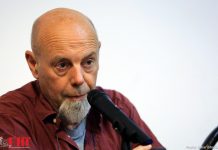ARTNEWSPRESS: Jonathan Pryce (as the future Pope Francis) and Anthony Hopkins (as the outgoing Pope Benedict) star in a study of faith, friendship and power.
“The Two Popes” is really three movies: a behind-the-scenes tale of Vatican politics, a mini-biopic about the current pontiff, and a two-man study of friendship, rivalry and major British acting. The first, though intriguing, is more puzzling than illuminating. The second feels a bit like a Wikipedia page, albeit one with first-rate cinematography. The third is absolutely riveting, a subtle and engaging double portrait that touches on complicated matters of faith, ambition and moral responsibility.
Directed by Fernando Meirelles (“City of God,” “The Constant Gardener”) from a screenplay by Anthony McCarten (“Darkest Hour,” “Bohemian Rhapsody”), the film begins in 2005, after the death of Pope John Paul II. The cardinals of the Roman Catholic Church gather at St. Peter’s to elect a successor, settling on Joseph Ratzinger (Anthony Hopkins), who becomes Pope Benedict XVI. The runner-up is Jorge Bergoglio (Jonathan Pryce), an Argentine priest who will replace Benedict eight years later, becoming Pope Francis in a highly unusual transfer of ecclesiastical authority.
That’s hardly a spoiler, but “The Two Popes” observes the transition with an attention to detail that produces a surprising degree of suspense. In 2013, Bergoglio, who seems more at home on the motley streets of Buenos Aires than in the hushed baroque chambers of the Vatican, travels to Rome to ask the pope’s permission to retire. Benedict, receiving his visitor at the papal summer residence in Castel Gandolfo, has other plans, though they aren’t clear at first.
What is clear is that the two men, who may be brothers in Christ, are not friends. “I disagree with everything you say,” Benedict snaps at one point, and while their conversation is marked by deference and decorum, the temperamental and ideological gulf between them seems unbridgeable.
Bergoglio is impatient with Benedict’s hard line on social and cultural issues, arguing that the church should use its moral influence to address issues like climate change and economic inequality. Benedict is a voice of authority and tradition. What Bergoglio sees as necessary change, Benedict views as ruinous compromise. When they argue semantics and swat at each other’s metaphors — Bergoglio says he wants to break down walls; Benedict replies that “a house needs walls” — what is at stake is the future of the church itself.
“The Two Popes” isn’t altogether neutral in this debate, which takes place against a backdrop of scandal and crisis. The film uses snippets of television news and remarks from lay people to remind viewers of the revelations of sexual abuse and financial malfeasance plaguing the church, but it also tries, somewhat awkwardly, not to dwell on those problems. This is partly because the filmmakers want us to see Bergoglio as a redemptive figure, a man who has faced up to his own failures with humility and whose ascension to the papacy portends an era of reform and renewal.
My own view on the matter is: I’m Jewish, and also temperamentally more inclined to ponder secular details than sacred mysteries. But when Benedict and Bergoglio are together — first at the castle and then, in the film’s most beautiful section, in a small room abutting the Sistine Chapel — the actors draw out both the spiritual and the psychological dimensions of their characters. The interplay, a duet with sweet and eccentric harmonies, is fascinating to observe, even as it undermines the overall structure of the narrative.
That edifice is at once intellectually rigid and formally rickety. If “The Two Popes” had consisted entirely of two old men talking, it might have been a masterpiece. But the conversation is interrupted by flashbacks that chronicle Bergoglio’s early life, as a young scientist called to the priesthood and as head of the Jesuit order in Argentina during the military dictatorship of the 1970s. (In those scenes he is played by Juan Minujín.)
This biographical excursion is hardly irrelevant — it clarifies Bergoglio’s political views, and also his fallibility — but the information could have been conveyed in a less literal manner. It feels almost as if the filmmakers didn’t trust Pryce to tell the story, and that has the effect of flattening his performance.
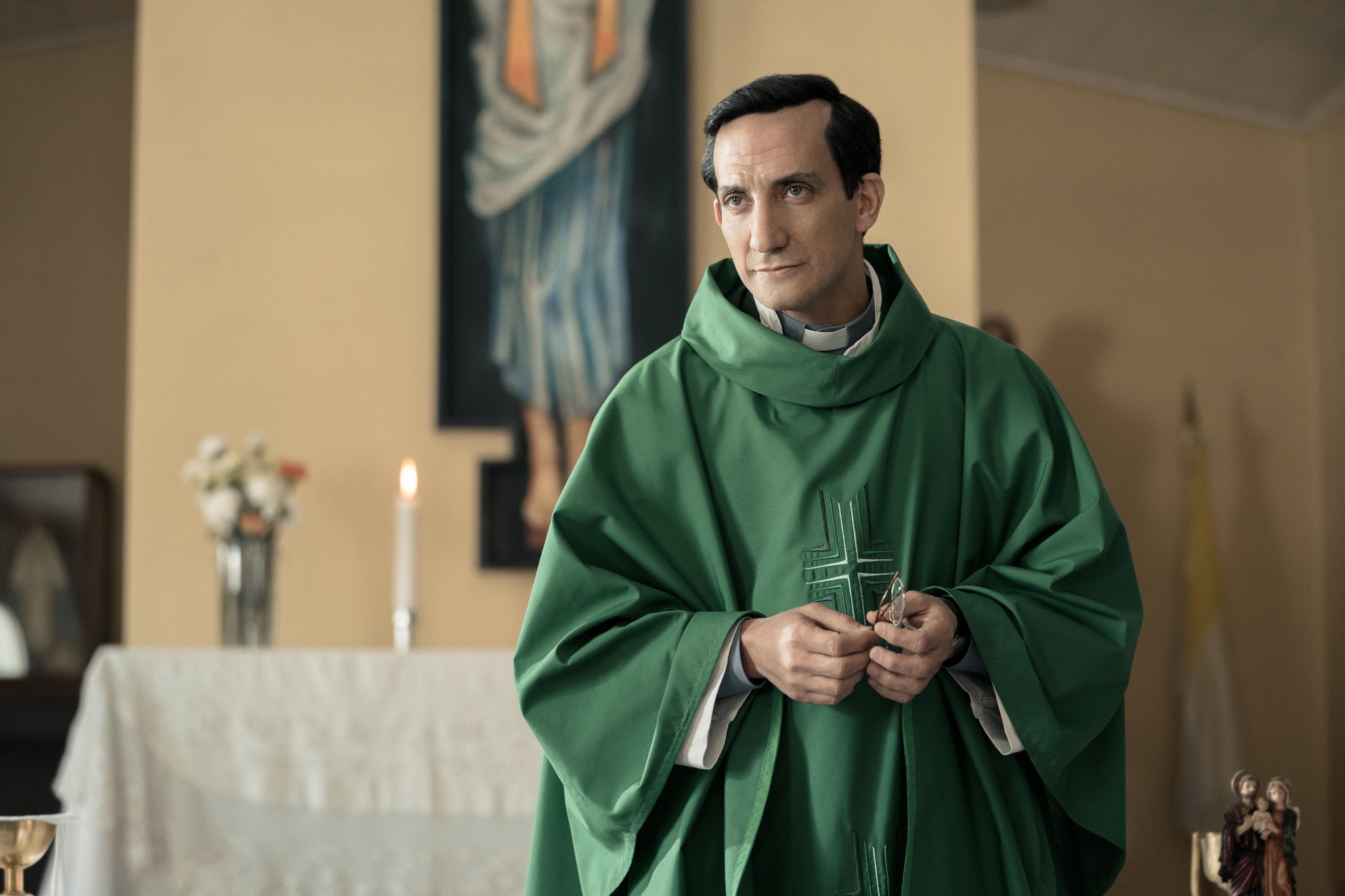
Bergoglio likes to proclaim his own simplicity. He is a man of the people and a man of the world. He wears sensible black lace-up shoes instead of velvet slippers. He chats amiably with gardeners and chauffeurs, dances the tango and is a passionate soccer fan. This may make him more appealing than Benedict, but it also makes him less intriguing.
Pryce is an amiable, sympathetic presence, with legible facial expressions and an impressive ability to make himself understood in four of the five languages spoken onscreen. Hopkins, a bit of a historic hambone himself, cedes all the big gestures to Pryce and stealthily does some of his craftiest acting in years. He mutters and whispers, sighs and fidgets, and turns Benedict from a presumed villain into an almost tragic figure, a brilliant theoretical mind tethered to a complex and troubled soul. You may like Francis better — “The Two Popes” assumes, or maybe insists, that you will — but Benedict is the one who stays with you.
https://nytimes.com
A.O. Scott





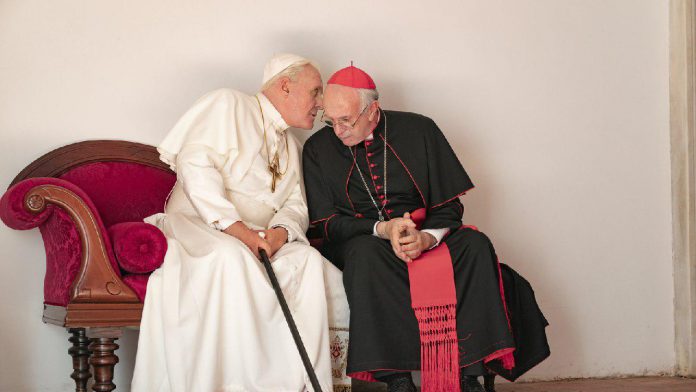
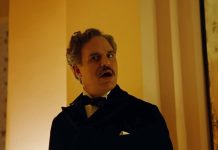
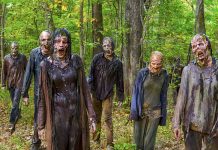



![‘Bodied’ Director Joseph Kahn on the Value of Battle Rap and the Difficulty of Getting a Risky Film Distributed [Interview]](https://artnewspress.com/en/wp-content/uploads/2019/09/bodied-basement-battlerap-100x70.jpg)




